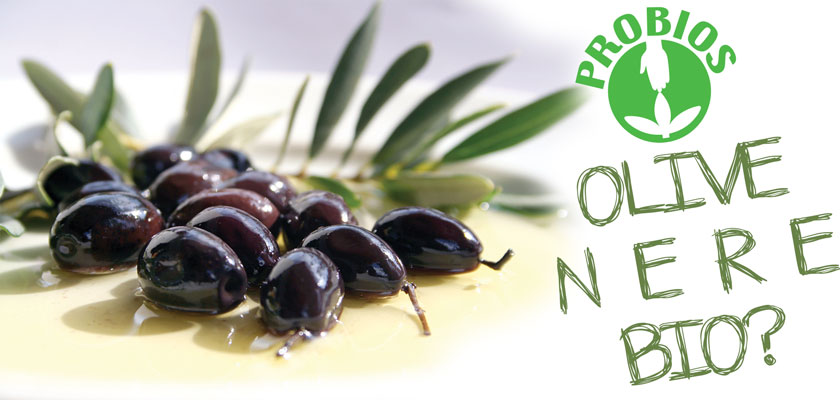
When thinking about black olives, you are led to imagine the black olive with an intense and uniform color and a plain surface. This type of staining, depending as well as on the olive variety, is often the result of a chemical treatment to intensify the color and even the flesh, having greater appeal to consumers.
The reasons why some manufacturers use these treatments is that the ripe olives, as too soft, would make more difficult the process of harvesting, transportation, storage and industrial stoning. So for logistics and saving reasons these treatments are still made on green olives (not fully ripe), since their flesh is much tougher and facilitates the subsequent processes, it's thus necessary black coloring to respond to market needs.
It's important to know therefore that an artificially coloured black olive is the result of the use of additives: for example, the ferrous gluconate (E579) or ferrous lactate (E585), and other material permitted by conventional agriculture, which are used to stabilize color, make it more in-tense and unbitter the still green ones.
These substances are strictly prohibited in organic farming, where the black olives take on this color because they are naturally mature or placed in natural maturation case and are thus non-uniform in color, with shades tending from black to light brown, their surface is not regular and maintains the typical bitter and determined taste.
By choosing organic the consumer has the guarantee of actually buying the result of a natural aging process, as the olives aren't subject to any artificial coloring.
HERE you can find the variety of organic olives by Il Nutrimento.





